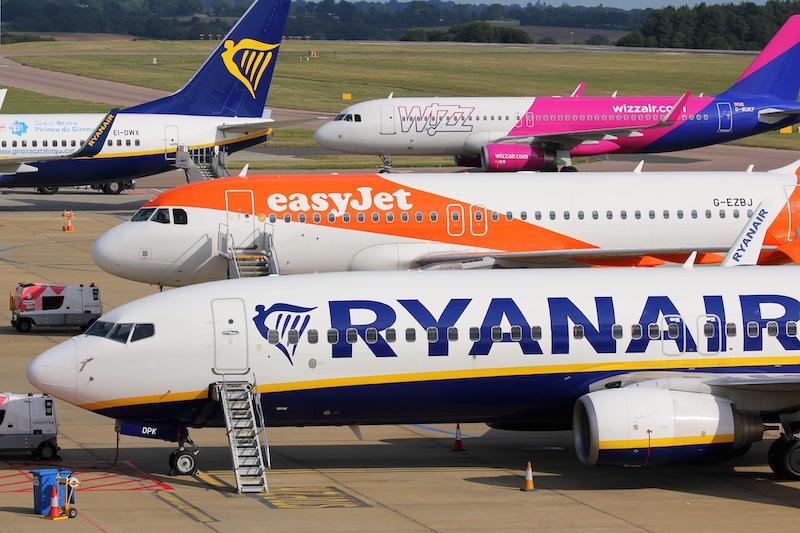
Air connectivity in Europe remains 14% lower than pre-pandemic levels amid geopolitical tensions in parts of the region and “structural changes in the aviation market,” according to a report published by airport industry body Airports Council International (ACI) Europe.
The study, which utilizes the connectivity indexes developed by SEO Amsterdam Economics, indicates a slight improvement over last year’s figures (down 16% in 2023), but contrasts sharply with passenger volumes, which are nearing full recovery. This discrepancy points to fewer and more costly options for consumers and communities, the report adds.
Olivier Jankovec, director general of ACI Europe, emphasizes the significance of air connectivity for competitiveness and cohesion across Europe. “As every 10% increase in direct air connectivity yields a 0.5% increase in GDP per capita, there is no doubt air connectivity is an essential part of competitiveness—be it at local, national or European level—and a key enabler of cohesion,” he says.
“This means our policymakers must address the several factors that will further shape Europe’s air connectivity, including climate action, technological progress and airline consolidation,” Jankovec continues.
The Airport Industry Connectivity Report 2024 finds that while total air connectivity in the EU+ markets—comprising countries in the European Union (EU), European Economic Area, Switzerland and the UK—is 13% down on 2019 levels, non-EU markets are lower by 20%. This mainly derives from Ukrainian airports having lost all air connectivity following Russia’s invasion in February 2022.
Connectivity in Russia is 43% lower than pre-pandemic levels, and Belarus is 87% down. Israel (down 42%) has also suffered major losses due to the ongoing Israel-Gaza war.
Within the EU+, Greece (+22%), Iceland (+7%) and Portugal (+4%) have exceeded pre-pandemic connectivity levels. However, Finland (-37%), Sweden (-31%) and Slovenia (-29%) are lagging behind.
Among the major markets, Spain (-2%) leads in recovery, followed by the UK (-12%), France (-15%) and Germany (-24%). In non-EU+ markets, Albania (+55%), Uzbekistan (+29%) and Turkey (+24%) reported the best performances.
Istanbul Airport (IST) retains the top spot for direct air connectivity, showing a 9% increase since 2019. Amsterdam Schiphol and London Heathrow follow. Apart from IST, only six other airports in the top 20 have recovered or exceeded their pre-pandemic levels. Athens is up 17%; Palma de Mallorca is up 8%; Dublin, Istanbul-Sabiha Gökçen and Lisbon are each up 3%; and Rome Fiumicino is at 0%.
The report adds that there remains a continued performance gap between direct connectivity (-8%) and indirect connectivity (-17%) in Europe, which reflects “the evolving structure” of the aviation market, particularly the expansion of ULCCs.
Despite overall air connectivity in Europe remaining 14% lower than pre-pandemic levels, passenger traffic in the region during 2024 is expected to surpass 2019 levels by 3.2%. A separate report published by the European Travel Commission (ETC) on July 2 found “a notable surge” in travel interest among Europeans for June-November 2024, marking a 6% increase compared to last year.
“Post-COVID travel trends appear to be solidifying, providing some much-welcome stability for the tourism industry,” ETC president Miguel Sanz says. “Several key European travel markets are showing strong enthusiasm for the upcoming months.”





